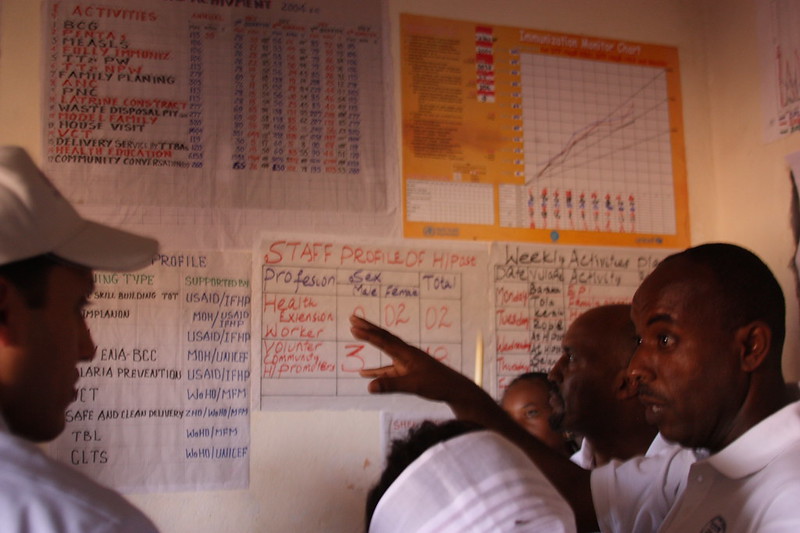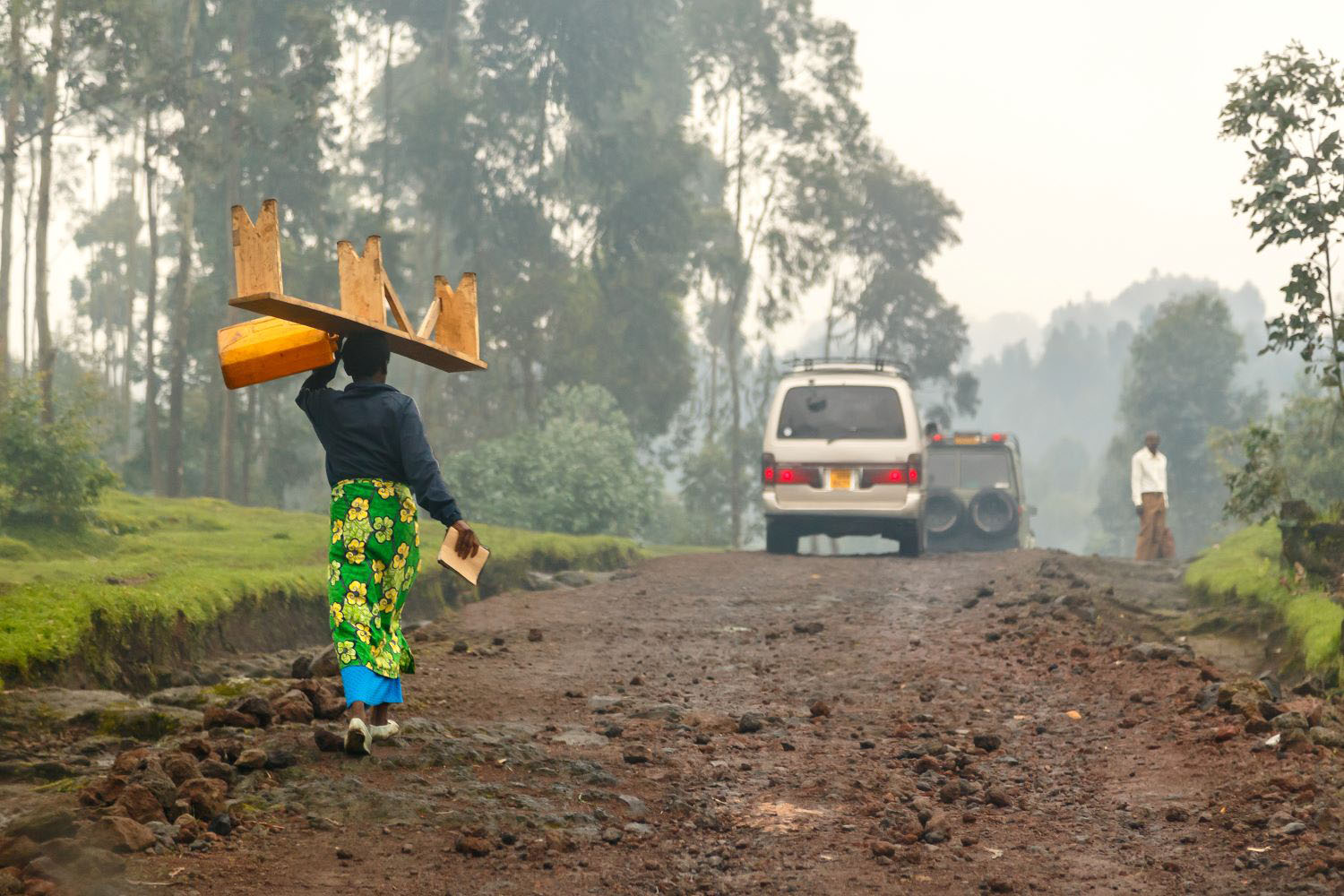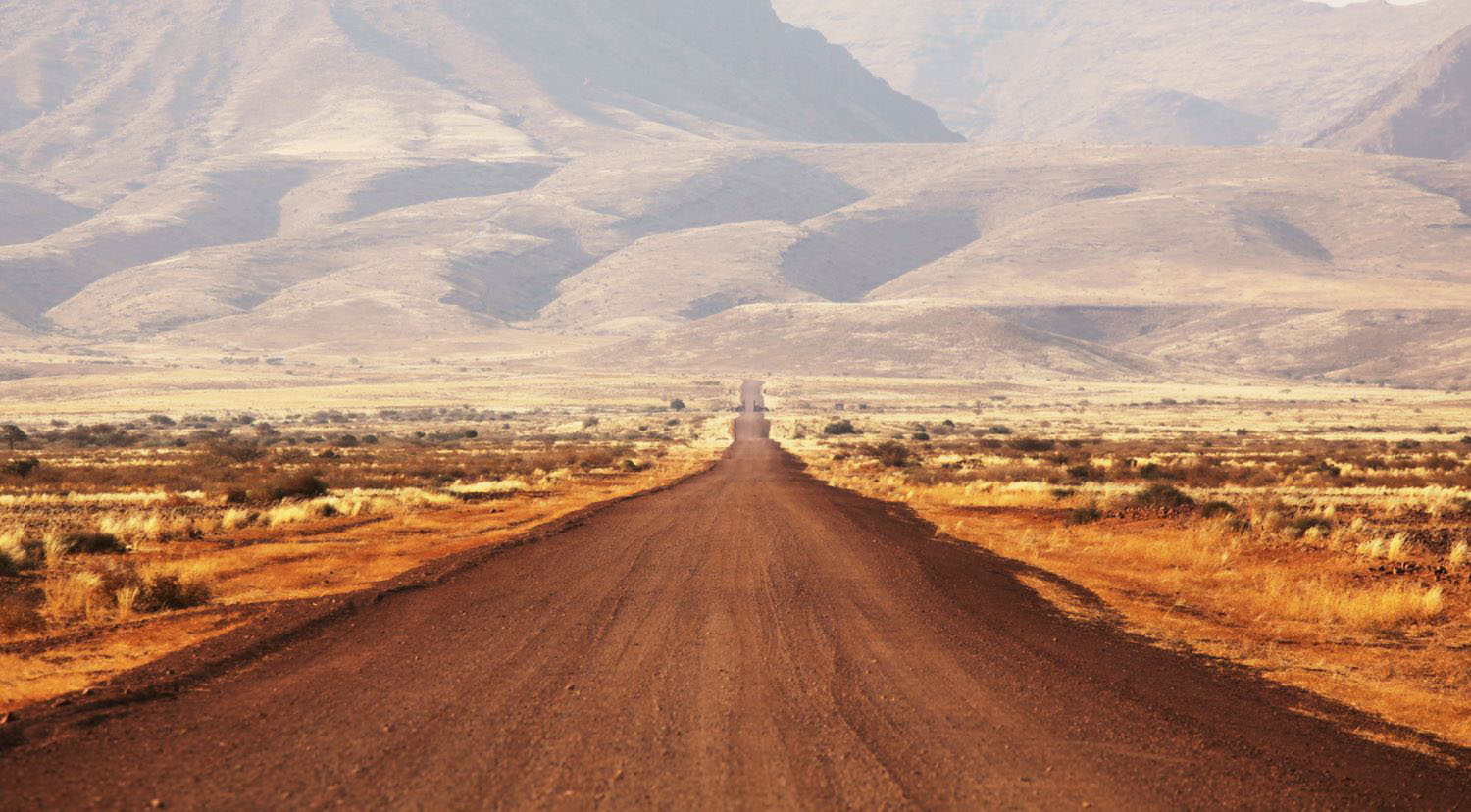Recommended
Kenya has hosted one of the largest refugee populations for decades and should be commended for this. But refugees in Kenya still face long-standing barriers to economic inclusion, and the COVID-19 pandemic has only exacerbated these challenges. These barriers, largely stemming from current government policies, limit refugees’ right to work, the right to move freely, and the freedom to access financial services. Kenya’s GDP would benefit hugely from facilitating better economic inclusion of their refugee population and our new case study, published today, outlines how they can do so." - Helen Dempster, policy fellow and assistant director for the Migration, Displacement, and Humanitarian Policy Program. This blog was originally posted by Refugees International.
Countries around the world are now looking to rebuild their economies after the devastating impact of the COVID-19 pandemic. Front and center should be implementing policies that enable all members of a society to contribute to this effort. For countries hosting large numbers of refugees, this means recognizing the barriers that are keeping hundreds of thousands of potential workers, consumers, and taxpayers out of the economy.
A new report published today by Refugees International and the Center for Global Development shows that Kenya, one of the world’s largest refugee hosting countries, can boost its COVID-19 recovery by ensuring that refugees and displaced people can fully contribute to their economy.
Kenya has hosted more than 500,000 refugees since the 1990s. Most are from Somalia, South Sudan, Ethiopia, and the Democratic Republic of Congo. Hosting such large numbers of refugees for so long has undeniably strained the country’s resources. However, as many countries in the global south host 85 percent of the world’s refugees, Kenya is not alone in grappling with this challenge.
But often overlooked are the many benefits that refugees have brought to Kenya. In Kakuma and Dadaab, the country’s two largest refugee camps, consumption and spending have greatly increased thanks to refugees’ buying power. Economic activity in and around the camps has also made these areas attractive to Kenyans seeking opportunities in trade and employment. NGOs and international organizations are increasingly expanding their livelihoods programs to also help Kenyan citizens improve their economic situations.
The Kenyan government has also made strides towards including refugees in its development planning. Kenya is part of the Comprehensive Refugee Response Framework (CRRF), which is being implemented in Garissa and Turkana Counties, where the main camps are located. These area-based programs have encouraged progressive policies that better integrate refugees in their host communities, which helps to reduce tensions and to create a more conducive environment for private sector investments.
Kenya’s new Refugees Act, signed by President Kenyatta on November 17, could be a foundation for greater inclusion. While details of the new legislation have yet to be published, it is expected to expand refugees’ rights and to provide avenues for them to contribute substantially to the local economy. It is also expected to make the system for processing the documents that refugees need to access the local labor markets more efficient.
The planning of the Kalobeyei refugee settlement in Turkana County has been a catalyst for local economic development. It has provided a favorable environment for enterprise development, as well as industrial and large-scale commercial agricultural investments.
In this new settlement, the World Food Programme (WFP) has changed its food aid distribution to a more development-oriented approach. Instead of just giving food, WFP provides refugees cash vouchers, which gives them the freedom to spend this money as they wish and helps support the local economy. WFP has also partnered with the Safaricom mobile banking platform, wholesalers, and retailers to ensure that refugees can access all products and services locally.
Despite these and other efforts, refugees in Kenya still face a range of policy, economic, and political barriers that limit their socioeconomic inclusion. They are legally required to live in camps, which means that many job opportunities are out of reach.
Very few refugees in Kenya can obtain a work permit, which is essential to accessing formal employment. As a result, most refugees work in the informal sector, where wages are lower, and they are at higher risk of exploitation. Those who wish to set up their own businesses also face challenges in obtaining business licenses, and the requirement to live in camps bars them from accessing markets outside those areas.
These obstacles for economic inclusion are even greater for refugee women, who often shoulder the responsibility for childcare and household duties, and face discrimination in the labor market. Furthermore, the uncertainty caused by the Kenyan government's repeated announcements of the camps’ closure makes it even more difficult for households to build sustainable livelihoods and for the private sector to operate in these areas.
Overcoming these barriers is not an easy task, but the government of Kenya can make a real difference with some changes in its policies and practices. President Kenyatta has taken a first important step by signing the Refugees Bill into law. The government should also clarify and simplify the process for refugees to obtain work permits.
To enable more refugees to access employment and facilitate entrepreneurship, the government should clarify the process and the conditions under which it grants freedom of movement passes. If freedom of movement is needed for work, the government should also extend the period of validity for the passes.
Importantly, humanitarian and development partners should also be proactive about supporting and facilitating the inclusion of women in livelihoods programs, for instance, ensuring 50 percent of participants are women.
Kenya is far from alone in the challenges it faces in meeting the needs of its citizens as well as the refugees it hosts. However, the research shows that the Kenyan economy will only grow stronger by allowing refugees to work. As in other countries, the question is not “How can Kenya afford to include refugees in its labor market and economy?” but “How can it afford not to?”
Disclaimer
CGD blog posts reflect the views of the authors, drawing on prior research and experience in their areas of expertise. CGD is a nonpartisan, independent organization and does not take institutional positions.
Image credit for social media/web: UNHCR/Will Swanson





